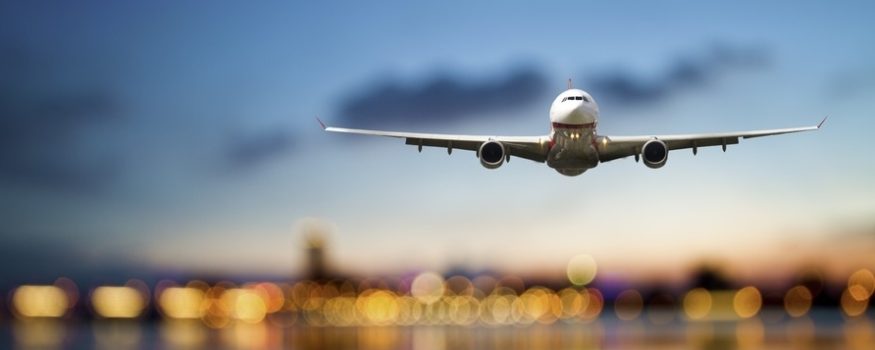Following a Call for Evidence published in July 2017, the Government has launched a ‘next steps’ document on the development of its Aviation Strategy, which will set out the long-term direction for aviation policy to 2050 and beyond. The strategy will pursue six objectives – unchanged following the consultation – summarised below:
Help the aviation industry work for its customers
This covers all aspects of the consumer experience, including accessibility, better information, and support when things go wrong. The strategy will seek to ensure that the right levels of consumer protection and compensation are in place, improve the experience of passengers with disabilities, reduce disruptive passenger behaviour, and minimise delays at the border by looking at how Government and industry can work together to plan for the future and improve access.
Ensure a safe a secure way to travel
This includes focusing attention on the highest safety risks and reviewing risk management approaches, improving safety standards overseas, developing solutions for aviation security, and engaging with industry, international organisations and other countries to raise international security standards.
Build a global and connected Britain
The aim is to establish an ambitious new relationship with the EU on aviation, including market access, safety regulation and air traffic management, reducing barriers to the movement of freight, working with the sector to promote exports, and examining air service agreements with the rest of the world to ensure treaties are used to drive even more connectivity and competition for the benefit of the consumer.
Encourage competitive markets
This objective seeks to maximise the benefits of competition by ensuring that the right outcomes are being delivered for consumers, ensuring slot regulation remains open, transparent and fair, reviewing current regulatory arrangements and whether they support the sector’s competitiveness, and considering whether regions are suitably connected by air or surface transport to the rest of the UK and key markets.
Support growth while tackling environmental impacts
The Government aims to achieve a new framework for growth that takes account of the impact of aviation on the environment and ensures sustainable growth. This will include a new framework for the sustainable growth of airports, modernising airspace to deliver cleaner, quicker and quieter journeys, considering whether the right regulations, controls and incentives are in place to ensure the sector continues to address noise impacts and air quality concerns, considering the approach for tackling UK aviation’s carbon emissions to 2050, reviewing how road and rail links to airports are planned and delivered, and looking at how Government and industry can improve the sector’s resilience.
Develop innovation, technology and skills
This aims to ensure that policy and regulation barriers to innovation are reduced as technology develops. The strategy seeks to achieve this by making the most of the opportunities of a digital future including greater data sharing between organisations in the sector, advancing the automation and electrification of aircraft, ensuring that Government, industry and academia are aligned to incentivise and encourage innovation, understanding and addressing skills shortages and barriers to diversity in the sector.
The Government will now continue the dialogue with aviation industry stakeholders, businesses, consumers, environmental groups, communities and other interested parties on the identified issues. A green paper detailing policy proposals is due to be published in Autumn 2018, followed by the final Aviation Strategy document in early 2019.
The full document can be downloaded here.











